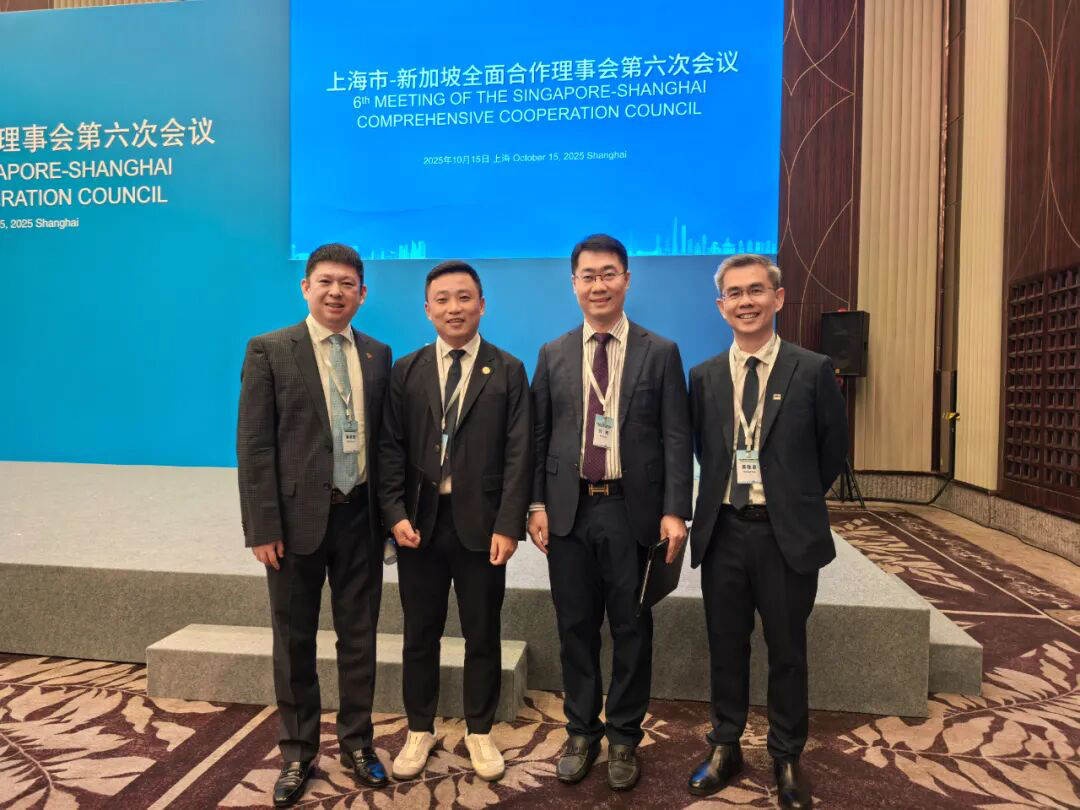Two interconnected Linux vulnerabilities discovered by Scantist AI's security research team have created one of the most dangerous privilege escalation pathways in recent years. CVE-2025-6018 and CVE-2025-6019, when chained together, allow attackers to escalate from ordinary user privileges to complete root access across major Linux distributions including Ubuntu, Debian, Fedora, and SUSE systems.
The Vulnerability Chain
CVE-2025-6018 affects the Pluggable Authentication Module (PAM) in SUSE-based Linux distributions. The vulnerability causes PAM to incorrectly classify remote SSH sessions as local console sessions, automatically granting allow_active permissions that should only be available to users with physical system access.
CVE-2025-6019 resides in the ubiquitous udisks storage management service. This vulnerability allows users with allow_active permissions to escalate privileges to root through the libblockdev library via crafted D-Bus interface requests.
The attack chain is devastatingly simple:
- Attacker gains any user account access
- Establishes SSH connection, triggering CVE-2025-6018 to obtain allow_active permissions
- Exploits CVE-2025-6019 through udisks service to achieve root access
This entire process takes seconds and uses only legitimate system interfaces, making detection extremely difficult with traditional security tools.
Widespread Impact and Detection Challenges
Our analysis reveals these vulnerabilities affect virtually all major Linux distributions in their default configurations. The udisks service runs automatically on most systems, creating a universal attack vector that requires no special tools or advanced techniques.
Enterprise environments face particular risks as Linux systems commonly host critical infrastructure including databases, web applications, and cloud services. Container platforms using vulnerable base images risk host system compromise, while cloud instances face potential credential extraction and lateral movement opportunities.
Traditional security monitoring struggles to detect these attacks because they rely entirely on legitimate system functionality. The PAM bypass appears as normal SSH authentication, while the udisks exploitation uses standard D-Bus method calls indistinguishable from legitimate storage operations.
How Scantist AI Solutions Address These Threats
TrustX AppDefender's Binary Analysis capabilities provide crucial visibility into these vulnerabilities that source code scanning alone cannot detect. Our world-renowned binary analysis engine examines compiled system components, including PAM modules and udisks binaries, identifying vulnerabilities that exist only in the compiled code or emerge during the build process.
TrustX AppDefender's Software Composition Analysis maintains comprehensive inventories of all system components, including critical infrastructure services like udisks. This visibility enables rapid identification of affected systems when new vulnerabilities are disclosed, allowing organizations to prioritize patching efforts based on actual risk exposure.
AgentX Compliance Enabler automates the enforcement of security policies that can mitigate these attack vectors. The platform can automatically implement access controls, monitor authentication patterns, and enforce privilege separation policies that limit the impact of successful privilege escalation attacks.
Immediate Response and Long-term Protection
Organizations must take immediate action to address these vulnerabilities:
Immediate Steps:
- Apply security updates from Linux distribution vendors as soon as available
- Implement network segmentation to limit lateral movement from compromised systems
- Enhance monitoring for unusual authentication patterns and privilege escalations
- Review and restrict SSH access to essential personnel only
Long-term Security Strategy: The discovery of these vulnerabilities highlights the need for comprehensive application security platforms that can identify complex interaction vulnerabilities spanning multiple system components. Traditional point solutions that focus on individual components miss the sophisticated attack chains that modern threats employ.
Scantist AI's integrated approach combines binary analysis, software composition analysis, and AI-powered risk prioritization to provide the comprehensive visibility and intelligent automation needed to protect against both current threats and emerging attack vectors. Our platform's ability to analyze the complete software stack—from source code to compiled binaries to runtime behavior—ensures that organizations can identify and address vulnerabilities regardless of where they hide in the system.
The Broader Security Implications
These vulnerabilities represent a fundamental shift in how we must approach Linux security. The assumption that well-established distributions with good security reputations are inherently secure has been challenged by the discovery of these fundamental flaws in core system components.
The ease of exploitation and widespread impact demonstrate that modern attackers are increasingly sophisticated in chaining together multiple vulnerabilities to achieve their objectives. This evolution requires security tools and practices that can understand and defend against complex, multi-stage attacks rather than focusing solely on individual vulnerabilities.
Organizations that invest in comprehensive security platforms capable of analyzing system interactions, maintaining complete software inventories, and intelligently prioritizing threats will be better positioned to defend against not only these specific vulnerabilities but also the broader class of sophisticated attacks they represent.
Conclusion
CVE-2025-6018 and CVE-2025-6019 serve as a critical reminder that security requires constant vigilance and sophisticated tools capable of understanding the complex interactions within modern systems. These vulnerabilities demonstrate how fundamental assumptions about system security can be undermined by unexpected component interactions, creating powerful attack vectors that traditional security approaches struggle to detect and defend against.
The key to addressing these threats lies in comprehensive security platforms that combine deep technical analysis capabilities with intelligent automation and prioritization. Organizations that adopt this approach will be better prepared to face the evolving threat landscape and protect their critical infrastructure against both current and future attacks.
As Linux continues to power critical infrastructure worldwide, the security community must continue developing and deploying the advanced tools and techniques needed to protect against sophisticated, multi-vector attacks. The discovery and analysis of these vulnerabilities provides valuable lessons that can inform better security practices and more robust defensive strategies for the entire ecosystem.


.png)

